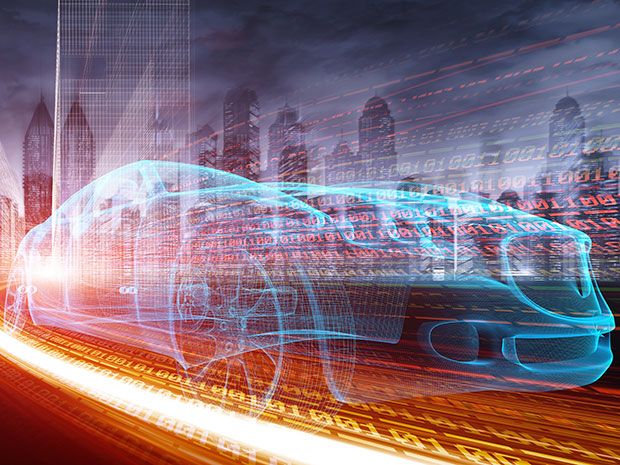Drive.ai Brings Deep Learning to Self-Driving Cars

Drive.ai is the 13th company to be granted a license to test autonomous vehicles on public roads in California. This is exciting news, especially because we had no idea that Drive.ai even existed until just last week. The company has been in stealth mode for the past year, working on applying deep learning techniques to self-driving cars. We spoke with two of Drive.ai's co-founders, Sameep Tandon and Carol Reiley, about why their approach to self-driving cars is going to bring us vehicle autonomy that's more efficient, more adaptable, more reliable, and safer than ever.
Drive.ai came straight out of Stanford's AI Lab about a year ago. Its core team is made up of experts with a wealth of experience developing deep learning systems in all kinds of different domains, including natural language processing, computer vision, and (most recently) autonomous driving. “This team helped pioneer how to scale deep learning, which is one of the reasons why deep learning has been successful as of late,” says Tandon, the company’s CEO.
After working for several years on the problem at Stanford, these researchers felt that a startup would be the best way to commercialize their ideas and technology and turn them into a product. So they decided to put their PhDs on hold and started Drive.ai.
“Drive.ai is a deep learning company,” Reiley says. “We're solving the problem of a self driving car by using deep learning for the full autonomous integrated driving stack—from perception, to motion planning, to controls—as opposed to just bits and pieces like other companies have been using for autonomy. We’re using an integrated architecture to create a more seamless approach.”
What is deep learning? And why should we care that it's being applied to autonomous driving? Says Tandon:
When you're developing a self-driving car, the hard part is handling the edge cases. These include weather conditions like rain or snow, for example. Right now, people program in specific rules to get this to work. The deep learning approach instead learns what to do by fundamentally understanding the data.“Generally, before deep learning, doing machine learning was all about feature selection,” Reiley adds. “It was a very crude way of doing it, and it was difficult and time consuming to get these algorithms to recognize anything.” Deep learning, she says, is much more analogous to the way humans learn. “You show an algorithm good and bad examples, and it learns to generalize. For a dynamic environment that is extremely complex, we believe this is best way to solve the problem.”...MORE